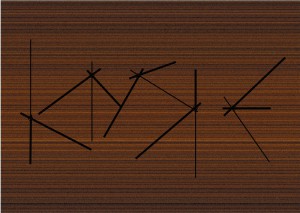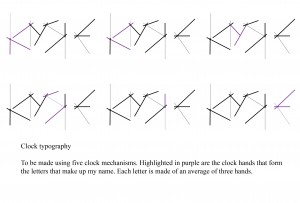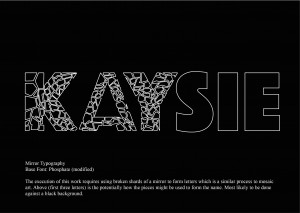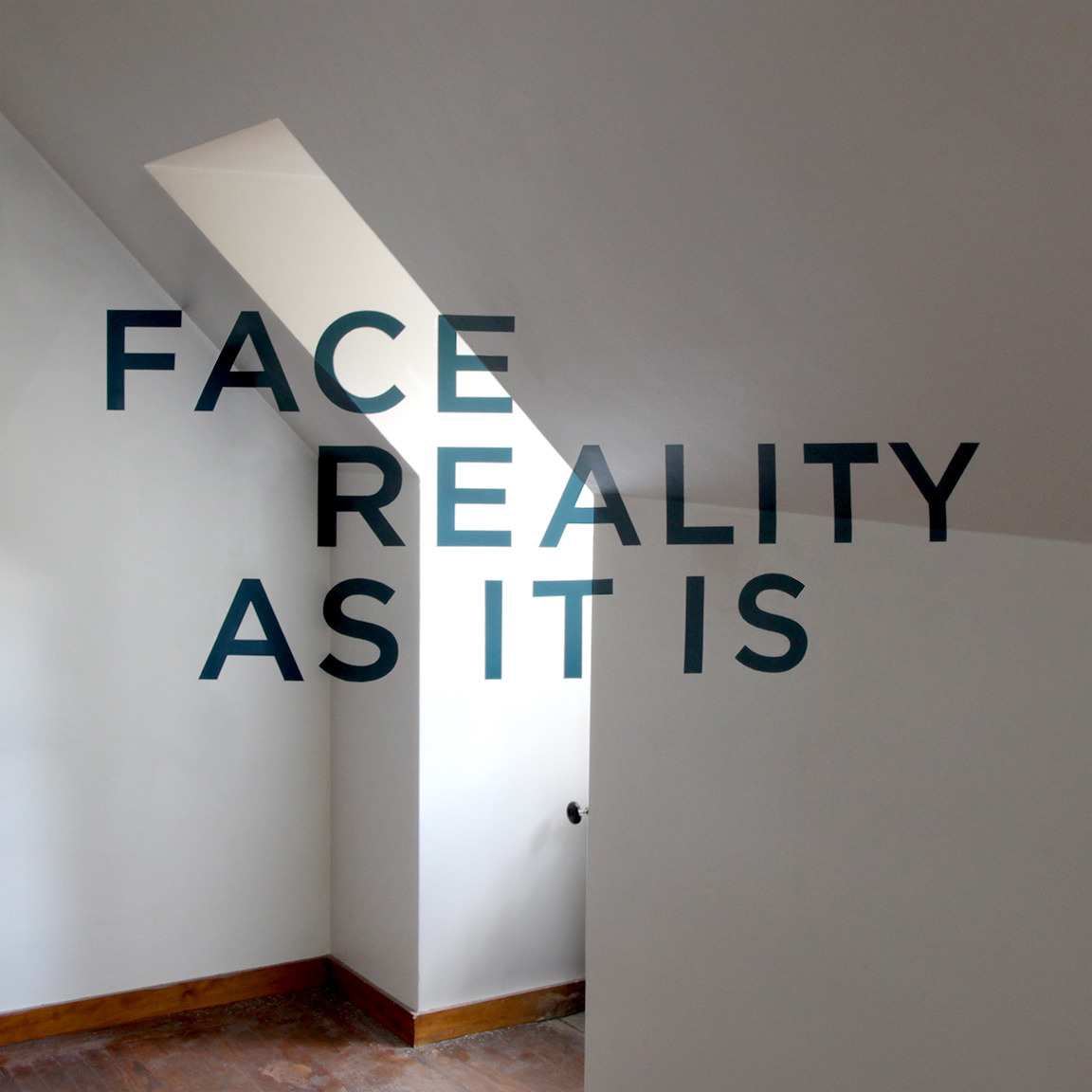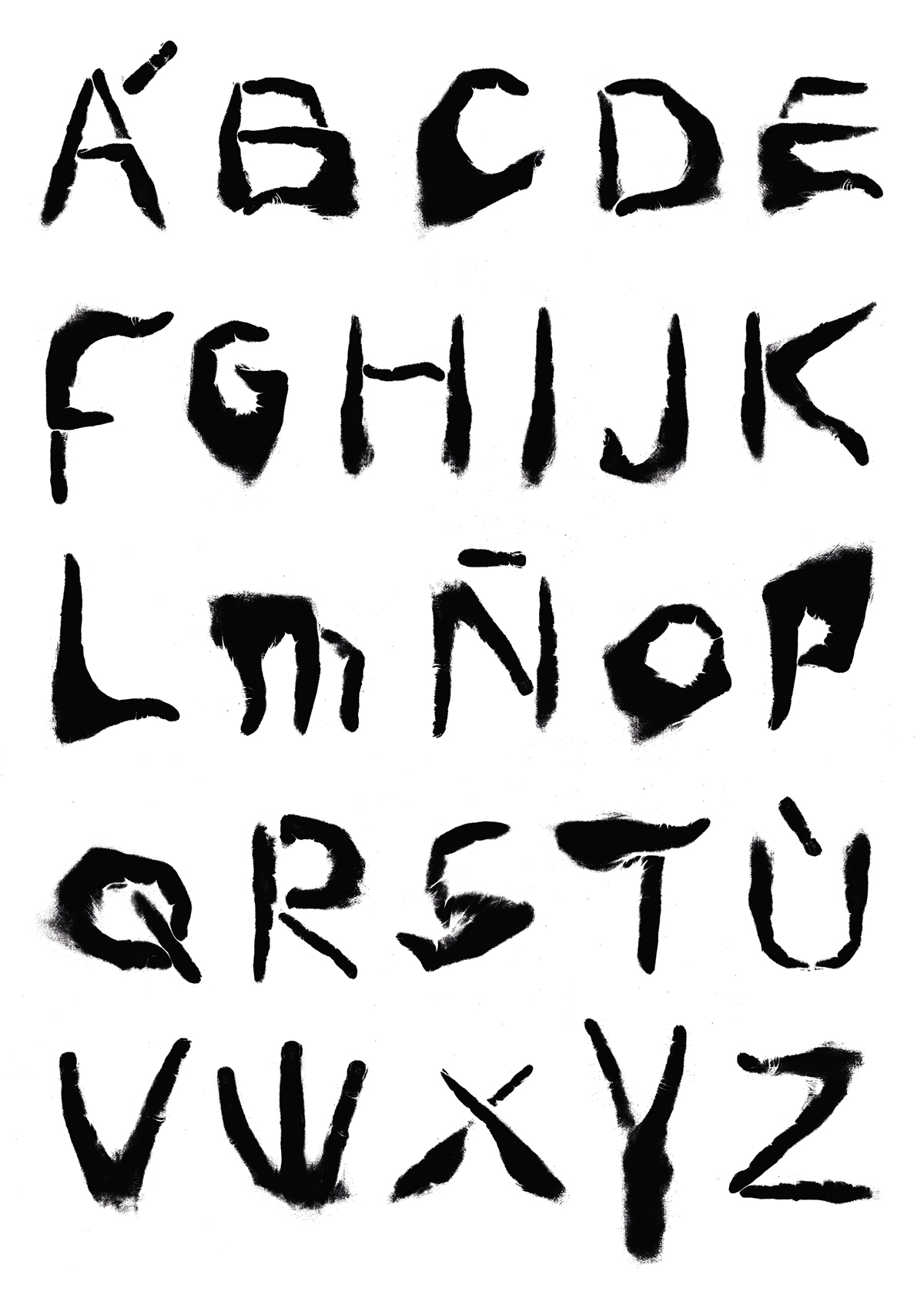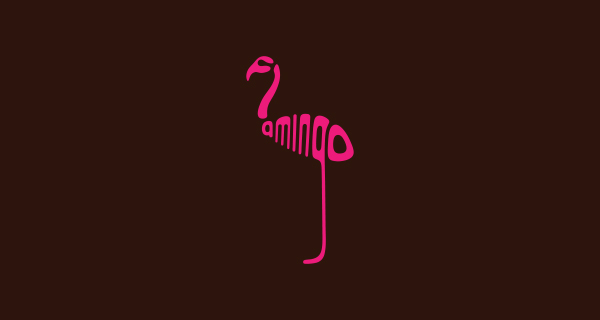The plan for now…
After consultation and sharing on Monday, I have decided to leave the petri dish idea and put it on hold for another time. I was concerned that the idea was too three-dimensional for this assignment and it was deviating from the assignment brief a little more than I would have liked too. I did consider (and was told) that I could take photographs of the petri dishes instead to make more of a two-dimensional piece of work, however I felt that it would not be as impactful to have photos instead of the actual dish itself. It would have been more visually interesting to have the item there for others to view. Perhaps I might still give this idea a go for the sake of my curiosity, I am quite curious to if I would have any success with it.
I was told to look into how science is communicated to others. My understanding of this would include what the components are in say a laboratory report (what font is used, the layout, etc.). What makes science, science? I will talk more about this later on in this post.
Besides that I now want to look into the things that are associated with science. Why not put to good use what I’ve learnt in the last few years and incorporate that into my artworks. This was the same thought process I had when I decided with the petri dish idea, however, I have realized I have been unknowingly limiting and restricting myself to just biology, more specifically the study of bacteria. It somehow slipped my mind that science also includes other branches, chemistry, physics and even mathematics. So, why not use all of them? Even though I was a biology student for the most part, I have no prejudices against any of the others, I enjoy all of them the same and you can’t study one science and ignore the rest because they interlink, that’s just the beauty of it all. No one subject stands alone.
A new plan
As of now I have the plan of using one of the sciences for each piece of work, so four works in total, each inspired by one of the sciences to represent an attribute. I have also made the decision to pick a new set of attributes. Each attribute will be related to the science, it will most likely be an attribute that I have found to be useful and necessary to mastering that science.
My plan for now involves researching for components that are iconic and special to that particular science. For example, if I think biology, I associate it with DNA and its structure (e.g. the double helix, base-pairing) and enzymes. If it was mathematics, I think the Fibonacci sequence, geometry, vectors, ratios. In the next half of this post, I will be exploring what makes up the sciences.
Earlier on I wrote something about finding out what makes science the way it is or what makes it different from say art. For starters, from my experience, the information that is presented is detailed but always presented in a simple way (nothing fancy) because the main objective is to relay information accurately and in a way that makes sense to other parties. Ease of reading is crucial, a fancy, elaborate font would never be used because it just makes reading difficult and distracts the reader from what is really important-the content. To aid the reader, graphs and charts are also used for illustration purposes. I might actually do some exploring with respect to graphs and charts. To sum up how science is communicated, I would say that it is simplicity in presentation.
The image below includes some examples of graphs and what not, of the four graphs, three are actual graphs that were plotted as part of my lab sessions while I was still studying biology about a year ago. Graphs aren’t just limited to the common pie chart, others such as bar graphs, histograms, scatter plots and regression lines are also included. There is definitely quite a variety to choose from, each with its own unique look and presentation.

Artist Reference
Since I have decided to take a new approach and plan for this project, I figured it would be appropriate to present a new artist reference. While looking for interesting typography examples the other day, I came across something that really made a deep impression on me. It was called Hexagonetica typeface by KAIWA (see image below).
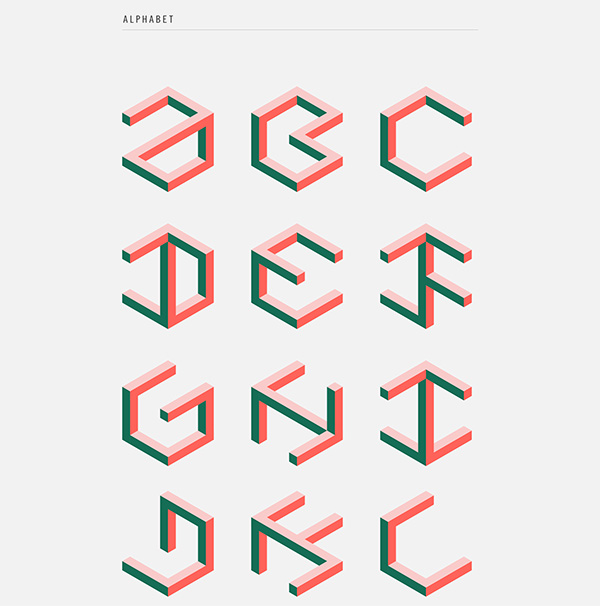
The entire post showed the breakdown and progression of how the typeface was created from one simple shape that was then given a sense of perspective through the addition of a few lines. A hexagon became a cube and then finally into a cube with squares cut out from it. A grid was obtained from the overlapping lines of the cube and the alphabet was derived from that. I really like this process, a step-by-step approach of creating the alphabet from the basic hexagon. I’d also like to talk about the use of colour. Only three colours were used for this typeface and yet a strong sense of depth is created for each letter. It is really nothing too elaborate or fancy but the outcome is more than impressive in my eyes. It brings me back to my point about simplicity, there is nothing in this typeface that I would consider excessive, everything is in the right amount and it delivers.

Link: https://www.behance.net/gallery/12400337/HEXAGONETICA-Typeface
MOving on
I thought it would be appropriate for me to list out some of the ideas that i have for now. I may not use some of them but I guess it will help me to see what options I have as of now. They might seem a little random but they were the first things that popped into my head.
List out attributes required for the sciences (general)
Methodical
Attention to detail
Curious
Logical
Clearheaded
Conscientious
Identifiable components
Biology: DNA, RNA, skeletons, organs, structure of vitamin, carbohydrates, fatty acids, proteins
Chemistry: transition metals, periodic table, organic chemistry (benzene, structural), atoms
Physics: Quantum physics (Schrödinger’s cat), gravity, three laws of motion, force
Mathematics: Geometry, graphs, Fibonacci (-golden ratio), binary, vectors
